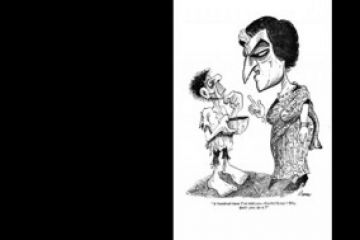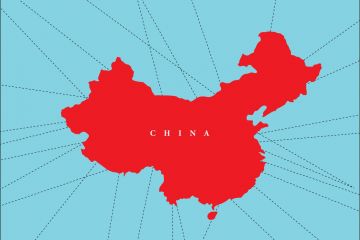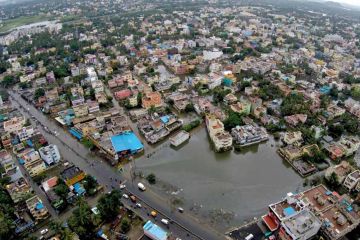
Noble intentions are
rarely a guarantee of success and that could be true as well of the Supreme
Court’s initiative to help sex workers. It began as an appeal against the
judgment and order—dated 25th July, 2007, and passed by the Calcutta High
Court—which involved the murder of a sex worker. Ultimately, it was converted
into a litigation for the protection of sexually abused women who are compelled
into prostitution: not for pleasure, but because of abject poverty.
Since the initi





